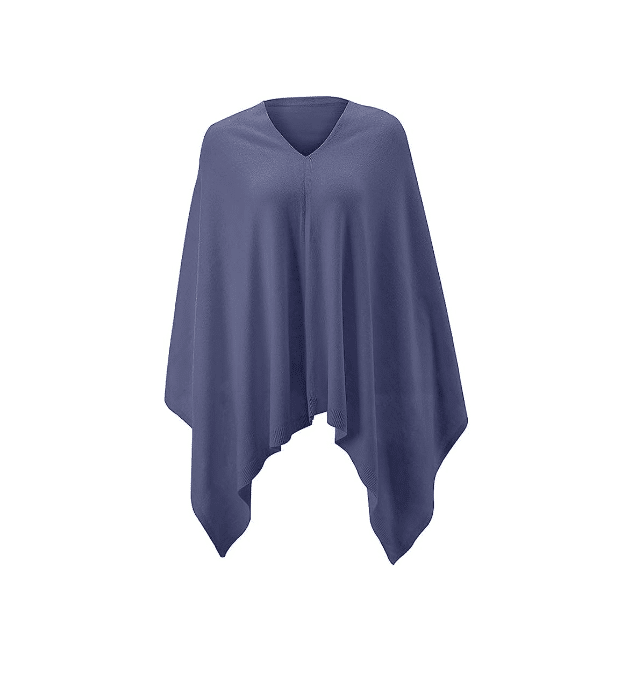Shawls have been a popular accessory for centuries, known for their elegance, versatility, and functionality. Whether worn for warmth, style, or cultural significance, shawls have stood the test of time as a fashion staple. In this article, we will explore the history of shawls, the various types available, materials used, styling tips, benefits of wearing a shawl, and essential care instructions.
History of Shawl
Shawls have a rich history that dates back thousands of years. Originating in ancient civilizations, such as Persia and India, shawls were initially used as a protective garments against harsh weather conditions. Over time, they became symbols of wealth, status, and craftsmanship. The intricate designs and luxurious fabrics of pashmina wrap made them highly coveted items among royalty and nobility.
Types of Shawls
It come in various styles and designs, each with its own unique characteristics. Some popular types include:
Pashmina Shawls:
- Made from the fine wool of Pashmina goats, these are known for their softness, warmth, and exquisite craftsmanship.
Cashmere Shawls:
- These are made from the fine fibers of cashmere goats, renowned for their exceptional warmth and luxurious feel.
Silk Shawls:
- These are lightweight and offer a smooth, lustrous texture, perfect for adding a touch of elegance to any outfit.
Wool Shawls:
- It provide excellent insulation and is available in a wide range of patterns and designs, suitable for both casual and formal occasions.
Embroidered Shawls:
- These feature intricate embroidery, often showcasing traditional motifs and designs, adding an artistic touch to any ensemble.
Materials Used
Shawls are crafted from various materials, each offering unique qualities and characteristics. Some common materials used in shawl production include:
Wool:
- Wool is a popular choice for shawls due to its warmth, durability, and ability to retain heat even in cold weather conditions.
Silk:
- Silk is known for its luxurious feel and lustrous appearance, making it a preferred material for elegance and lightweight.
Cashmere:
- Cashmere is prized for its exceptional softness and warmth, making it highly desirable for high quality.
Cotton:
- Cotton is breathable and lightweight, perfect for warmer climates or as a stylish accessory during the spring and summer seasons.
Blend Fabrics:
- Many shawls are crafted using a blend of materials, such as wool-silk blends or wool-cashmere blends, combining the best qualities of each fabric.
How to Style a Shawl
Styling a shawl offers endless possibilities to enhance your outfits and showcase your personal style. Here are a few ways to wear a shawl:
Classic Draped Look:
- Simply drape it over your shoulders and let it hang naturally for an effortlessly chic and timeless look.
Belted:
- Add a belt around your waist over the shawl to create a more defined silhouette and added structure to your outfit.
Knotted:
- Take two opposite corners of your pashmina scarf and tie a knot at the front or side, creating a stylish and secure wrap.
One-Shoulder:
- Let one end of your pashmina scarf hang freely while draping the other end over your shoulder for an asymmetrical and contemporary look.
Benefits of Wearing a Shawl
Wearing scarves offers numerous benefits beyond its aesthetic appeal. Some key advantages include:
Versatility:
- It can be worn in various ways, allowing you to transform your look effortlessly from casual to formal.
Added Warmth:
- Shawls provide an extra layer of warmth, making them ideal for cooler seasons or chilly environments.
Fashion Statement:
- Well-chosen scarves can elevate your outfit and serve as a statement piece, adding a touch of elegance and sophistication.
Cultural Significance:
- In many cultures, scarves hold cultural significance and symbolize tradition, heritage, or regional identity.
Shawl Care and Maintenance
To ensure the longevity of your scarf and keep it looking its best, follow these care and maintenance tips:
Read the Care Instructions:
- Different wraps may have specific care instructions, so always check the label or manufacturer’s recommendations.
Hand Washing:
- If possible, hand wash your it using mild detergent and lukewarm water. Gently squeeze out excess water and lay it flat to dry.
Avoid Harsh Chemicals:
- Avoid using harsh chemicals or bleach when cleaning your pashmina, as they can damage the fibers and colors.
Storage:
- When not in use, store your wrap in a clean, dry place, preferably folded and wrapped in a soft cloth to protect it from dust and moisture.
Frequently Asked Questions (FAQs)
- Q: Can I wear a shawl during warmer months?
- A: Yes, you can opt for lightweight materials like silk or cotton and choose breathable designs to make them suitable for warmer weather.
- Q: How do I clean a shawl with delicate embroidery?
- A: For pashmina with delicate embroidery, it’s best to consult a professional cleaner who specializes in handling such pieces.
- Q: Can men wear shawls too?
- A: Absolutely! These are not limited to a specific gender and can be worn by anyone who appreciates their style and functionality.
- Q: Are shawls suitable for formal occasions?
- A: Yes, it can add an elegant touch to formal attire, whether draped over the shoulders or used as a decorative accessory.
- Q: Can I wear a shawl as a beach cover-up?
- A: Yes, it can be a versatile beach cover-up, providing a stylish way to protect yourself from the sun or cover up after swimming.
Shawls are not only fashionable accessories but also versatile pieces that provide warmth, style, and cultural significance. With various types, materials, and styling options available, it can effortlessly enhance any outfit and reflect your personal taste. By properly caring for your scarf, you can ensure its longevity and enjoy its beauty for years to come.


